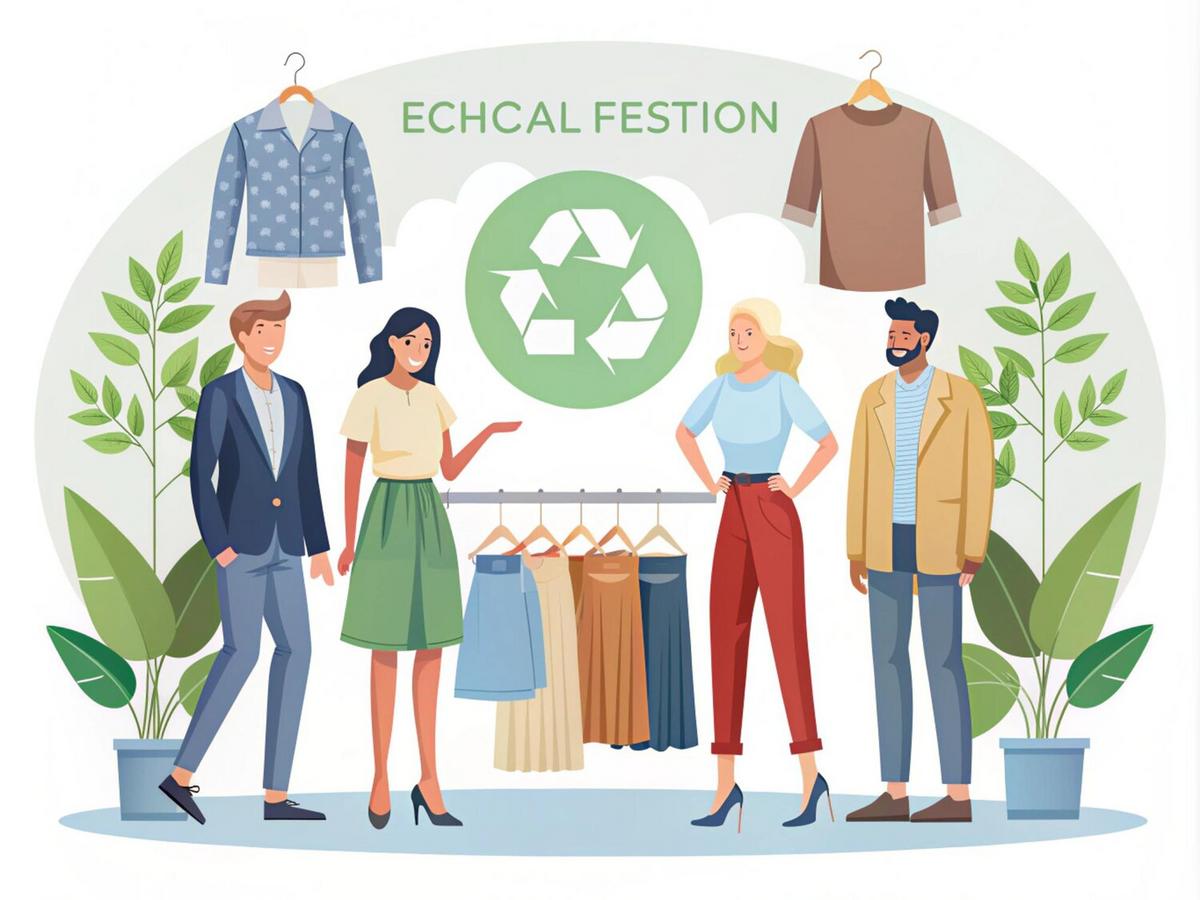
The Rise of Circular Fashion: A New Approach to Style
As the fashion industry evolves, a new movement is making waves: circular fashion. This innovative approach to style is reshaping how we think about clothing, with an emphasis on sustainability and long-term impact.
The concept of circular fashion is rooted in the idea of creating a closed-loop system where resources are reused and waste is minimized. Unlike traditional fashion models that follow a linear pattern of production, use, and disposal, circular fashion promotes recycling, upcycling, and the longevity of garments.
Understanding Circular Fashion
At its core, circular fashion focuses on extending the lifecycle of products. According to the Ellen MacArthur Foundation, the fashion industry’s move towards circularity could significantly reduce greenhouse gas emissions and limit waste. By prioritizing durability, repairability, and recyclability, circular fashion aligns with broader environmental goals.
Expert Insights
Lucy Siegle, a renowned environmental journalist, emphasizes that “circular fashion is not just a trend but a necessary shift for a sustainable future.” Her insights highlight the importance of adopting new practices that challenge the status quo of fast fashion.
Statistics Supporting the Shift
A report by McKinsey & Company reveals that the global sustainable fashion market is expected to grow significantly, with consumers increasingly demanding eco-friendly options. Additionally, the report notes that approximately 87% of clothing material ends up in landfills or incinerators, underscoring the urgent need for circularity.
Real-Life Examples
Consider the journey of a small artisan brand that transformed its business model to embrace circular fashion. By using recycled materials and offering repair services, they not only reduced waste but also cultivated a loyal customer base who values sustainability.
Actionable Tips for Embracing Circular Fashion
- Choose quality over quantity: Invest in pieces that are made to last.
- Embrace second-hand shopping: Vintage and thrift stores are goldmines for unique finds.
- Support brands with sustainable practices: Research companies that prioritize ethical production.
- Learn basic clothing repair skills: Extend the life of your garments with simple fixes.
Consider organizing a clothing swap with friends to refresh your wardrobe sustainably.
Comparison of Linear vs. Circular Fashion
| Aspect | Linear Fashion | Circular Fashion |
|---|---|---|
| Production | Mass-produced | Thoughtfully designed |
| Usage | Short-term | Long-term |
| Materials | Often new | Recycled or upcycled |
| Disposal | Landfill | Recycling or repair |
| Environmental Impact | High | Reduced |
| Consumer Role | Passive | Active |
| Business Model | Linear | Closed-loop |
| Fashion Cycle | Fast | Slow |
Frequently Asked Questions
What is circular fashion?
Circular fashion refers to a sustainable approach where clothing is designed, produced, and consumed in a way that minimizes waste and maximizes longevity.
How can I participate in circular fashion?
Start by purchasing high-quality items, supporting sustainable brands, and learning to repair your clothing to extend their life.
Why is circular fashion important?
It is crucial for reducing environmental impact, conserving resources, and promoting ethical consumption patterns.
Conclusion
The rise of circular fashion presents an exciting opportunity to redefine how we interact with clothing. By making conscious choices and supporting sustainable practices, we can contribute to a more environmentally friendly and ethically responsible fashion industry. Embrace this change and be part of a movement that values sustainability over disposability.


